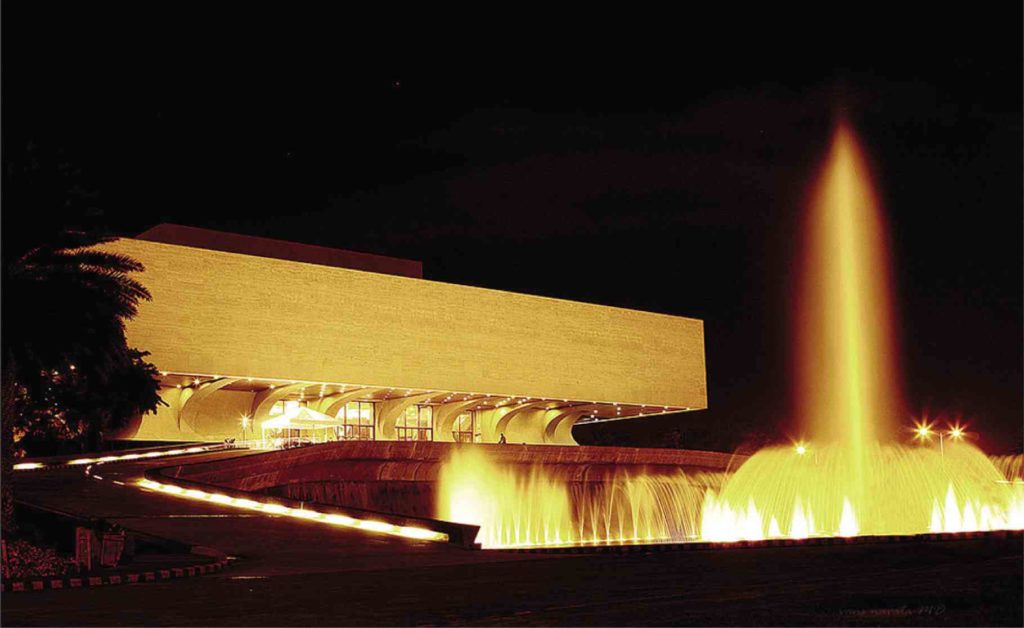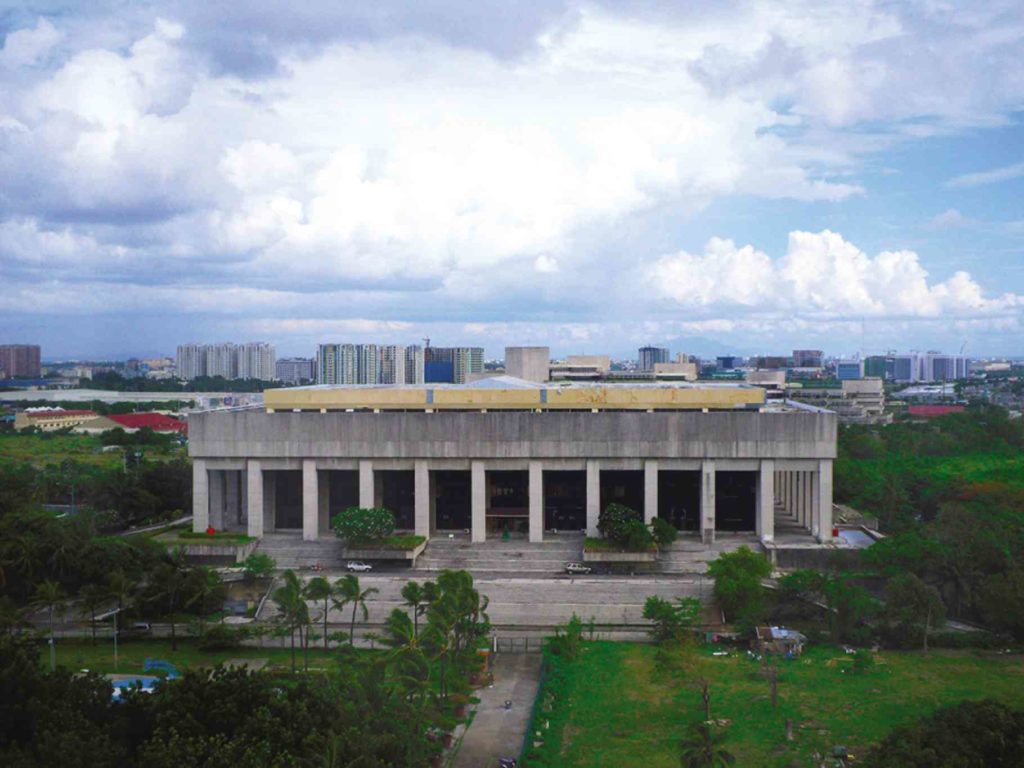Did PH architecture die with Edsa Revolution?

The Edsa Shrine embodies the struggles of Filipinos during the People Power Revolution.
When we say Philippine architecture, what’s the first building that comes to mind? If you do a quick Internet search, most of the images that appear seem to come straight out of history books.
Photos of old Spanish churches and traditional nipa huts dominate the list. Marcos-era buildings are also popular.
The more recent works by Filipino architects, however, are featured less on the search. For a country that has claimed liberation since the Edsa Revolution, one might wonder why is that the old structures remain representative of our nation?
Throughout our country’s oppressive experiences, people sought ways to establish identity via buildings. There is little focus, however, on how our architecture fared after all the struggles for freedom.
As we commemorate the Edsa Revolution of 1986, let us consider how structures after the People Power represent our country’s identity. Is there a building that we can distinctly call Filipino nowadays? Or do icons of Philippine architecture remain things of the distant past?
High bar
During the years that the Philippines was colonized by foreigners, many of our buildings were built according to the architectural styles of our invaders. All these changed, however, when former President Marcos created the “Bagong Lipunan” (new society), his ideal Filipino social order.
As part of this venture, he established Executive Order No. 30 to build the Cultural Center of the Philippines (CCP) Complex.
The said project gave birth to numerous iconic structures such as the Tanghalang Pambansa, Manila Film Center, Coconut Palace, and Folk Arts Theater.

The Tanghalang Pambansa is easily recognized by many Filipinos.
Renowned Filipino architects such as Froilan Hong, Francisco Mañosa, and National Artist Leandro V. Locsin were responsible for the designs of these. The structures featured popular symbols of Philippine culture. The Tanghalang Pambansa was a modern take of the traditional nipa hut while the Coconut Palace featured roofs shaped like salakot hats.
The buildings were meant to serve as venues for the arts.
The CCP Complex met some backlash upon its completion because of its opulence and elitist nature. To many, however, these embody Philippine culture. Despite his controversies, Marcos succeeded in expressing his Filipino ideals through built forms.

The Manila Film Center is one of the buildings that make up the CCP Complex.
Significance of Edsa Shrine
Twenty years after Marcos established EO No. 30, he was overthrown from power. Known as the People Power Revolution of 1986, non-violent demonstrations ousted the dictatorial regime of Marcos.
The unique movement caught the attention of the world. Suddenly, all eyes were on us. It was the perfect time to create a new symbol for national unity.
A shrine along Epifanio delos Santos Avenue, more popularly known as Edsa, was commissioned to mark the event.
Functioning as a church, the shrine was designed by Arch. Francisco Mañosa, a proponent of vernacular Filipino architecture. The architect created a “People’s Plaza,” an area for gathering above the underground structure. The shrine was filled with artwork created by Filipino artists.
The “Flame of Freedom” by Manny Casal was made to represent our islands. Upper wall murals were created by Angono artists to show the Edsa Revolution. Most prominent would be an enormous Virgin Mary statue by Virginia Ty-Navarro on top of the church.

The Flame of Freedom by Manny Casal represents Luzon, Visayas, and Mindanao.
The Edsa Shrine showcased Filipino ideals in almost every corner. Whereas Marcos’ edifices depicted ideas promoted by a dictatorship, the Shrine depicted ideas by the Filipino masses.
It embodies the struggles, hopes and history of a nation united by a difficult experience. While the CCP Complex evoked the power of one regime, the Shrine expressed the aspirations of many. It is a unique icon of Philippine architecture in this sense, as it was created by Filipinos for Filipinos.
Edsa and Beyond
After Edsa Revolution, never again have Filipinos come together to commemorate their experiences in one built form.
Nor has there been any grand attempt to project Filipino ideals onto buildings like the CCP Complex. Though many new buildings created by Filipino architects are laudable in their own rights, the old structures remain etched in our minds when it comes to Filipino architecture.
The challenge hovers above our success today, more than 25 years since we have reclaimed our democracy: What is Philippine architecture today? As Filipinos, what do we aspire for in the 21st century? What have we accomplished as a nation since the Edsa Revolution, and where do we want to go? Our buildings in modern times have yet to answer these questions.
(Sources: “Imelda Marcos and her edifice complex”, Philippine Daily Inquirer; “Five things you didn’t know about the Edsa Shrine”, Philippine Daily Inquirer; Navata, Giovanni G.; Velasquez, Ramon F.;www.edsashrine.org)
The author is a licensed architect who studied abroad and currently works for DSFN Architects. During her time overseas, “What is Filipino architecture?” was a common question thrown at her by foreigners. She hopes that more modern buildings can answer that question.
